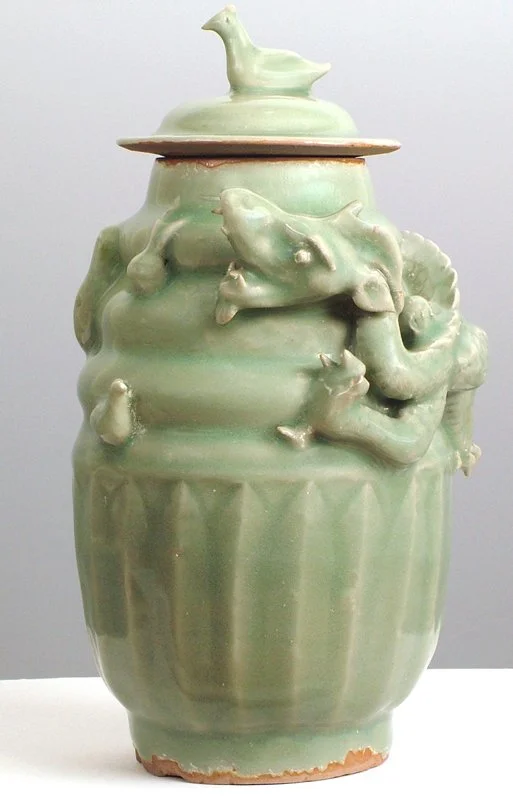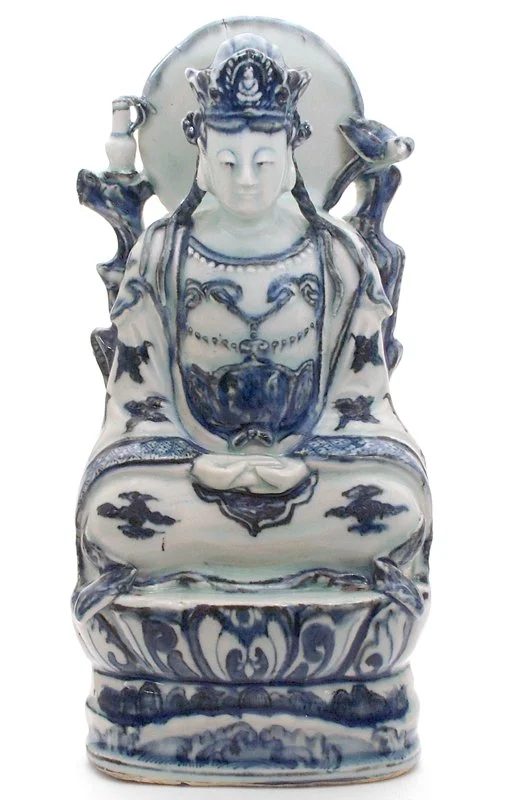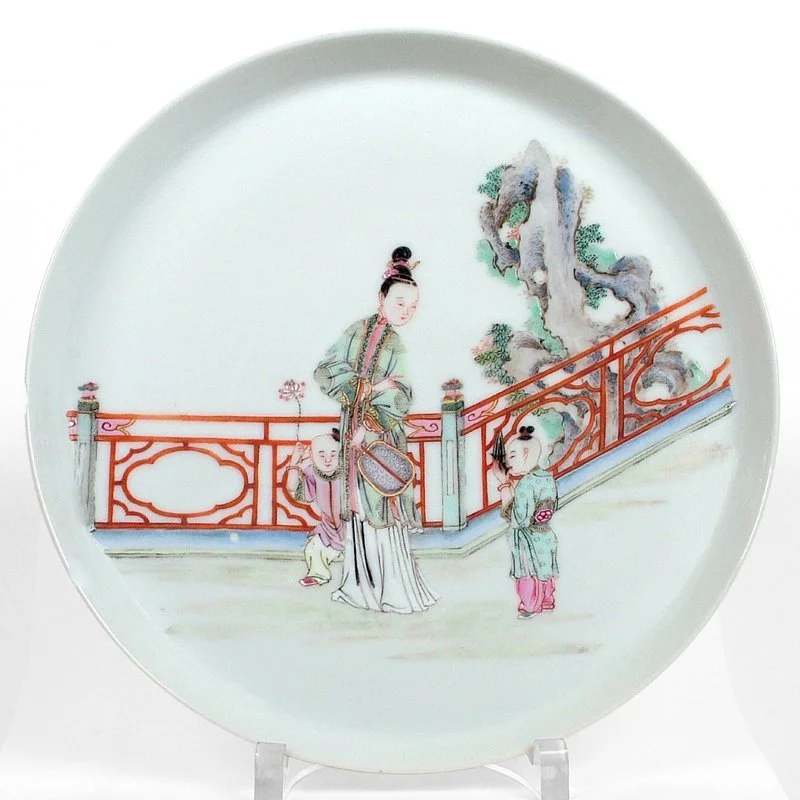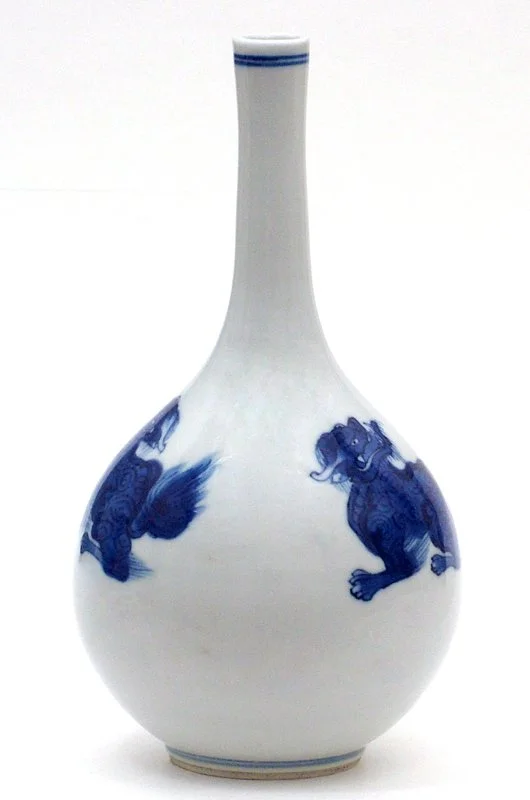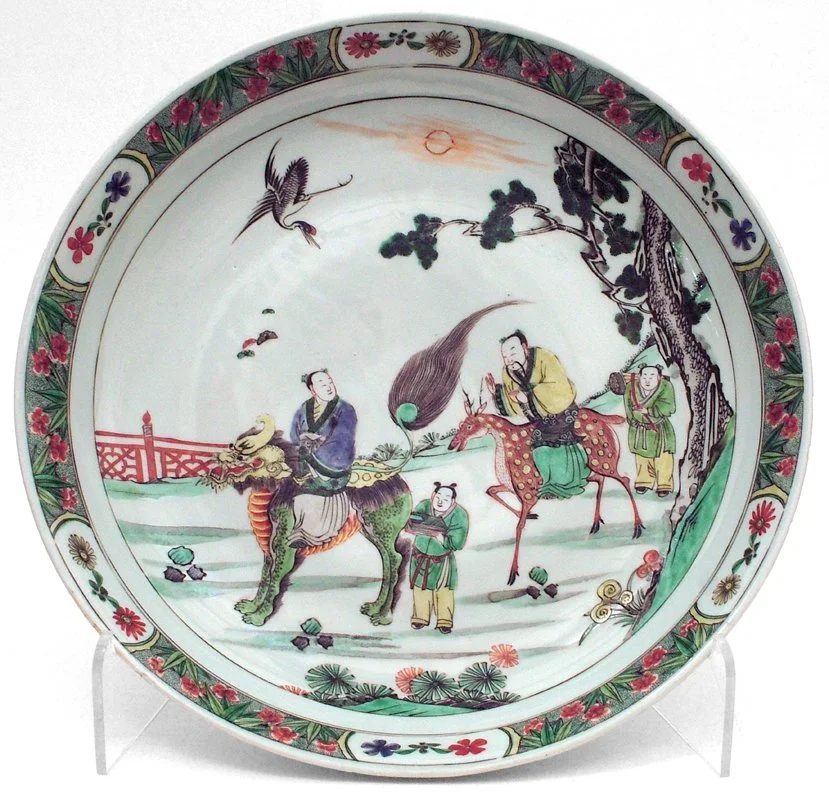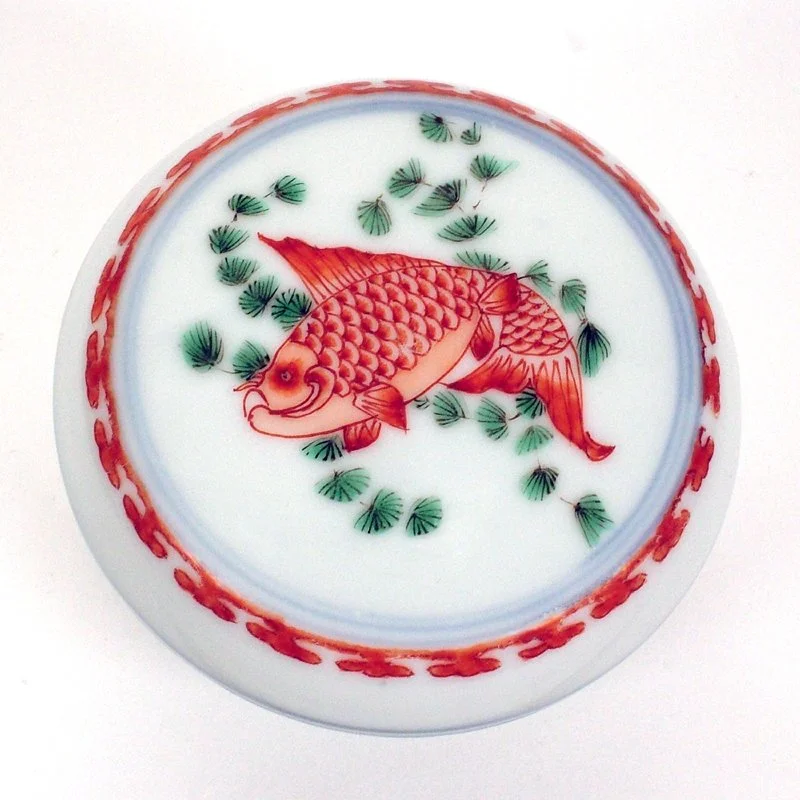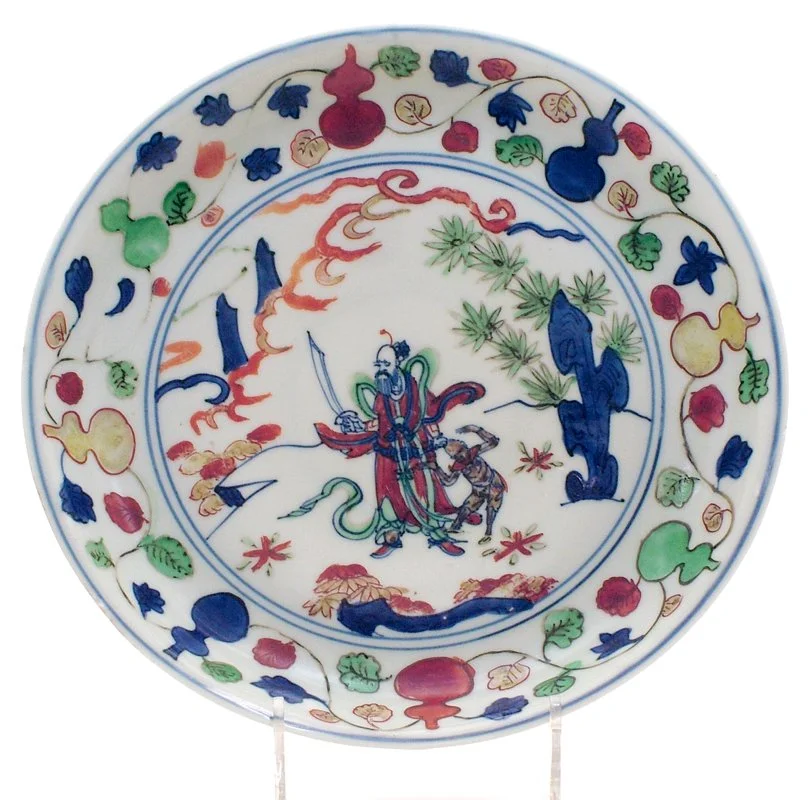
Connect
Connect to the Riesco Collection by understanding the process in which they are made and learn how to read ceramics; the symbolism, use of colour and special meanings.
Understanding Ceramics
Ceramics are usually made from three basic elements:
Clay + Glaze + Heat
Clay is a rock that has been ground down over thousands of years. It holds its shape when it is heated. Potters mix clay with water to make it easier to handle. It can be formed into shapes by hand, on a potter’s wheel or with moulds.
Glaze acts as the skin of the pot making it waterproof and providing decoration. It often feels like glass when you touch it. The potter mixes the glaze ingredients with water and then applies them to the vessel or sculpture. This is done with a brush or by spraying, pouring or dipping the object into the glaze.
Heat is then used on the clay objects; they are fired in kilns in order to make them into ceramics. This is similar to the way that bread dough is baked in an oven to become bread.
What was the coiling method?
Some of our oldest vessels refer to a process called coiling. Earthenware were modelled by hand until some time in the middle of the Neolithic period and, in most regions, probably later. Coiling involved thick ropes of clay were rolled out and then coiled round on top of one another in order to give the vessel the desired profile. The joins of the coils were then smoothed so that no ridges remained. A support was held against the inside of the vessel, while the exterior was beaten smooth into its final shape with a paddle and anvil, following the pot upwards diagonally from the base to the rim. Close inspection of Yangshao earthenware show no ridges or paddle marks and examination under xeroradiography has shown that paddle-beating was impressively neat and regular. The vessels were then finished by scraping and burnishing occasionally followed by painting and further burnishing.
What are ceramics used for?
Ceramic objects were produced in China from as early as Prehistoric times. They had everyday uses - such as bowls and cups, as well as often being more elaborate – such as musical instruments and boxes for stationary and jewellery. Chinese people believed that a person should not enter the afterlife without objects that were similar to things that they enjoyed during life. Dishes, furniture or even orchestras were therefore often made with this intention!
Reading Ceramics
You can discover a lot about a ceramic by looking carefully at it. Chinese ceramicists often use different colours, animals, flowers and stories to give the creations special meanings. Their choice tells us about the things that are important to them, and to people of the time.
Dragons represent the Emperor on ceramics and textiles. Five-clawed dragons mean that the object was made for the Imperial household. Chinese dragons are not scary like other dragons you might have heard about. They are animals of good with amazing powers. Legend has it that they control the waters of the seas, the rivers and the rain.
Look through our gallery of ceramics featuring dragons below:
The lotus flower is an important symbol in Buddhism and represents purity. The flower is considered pure as it is able to rise and bloom above the muddy waters each morning, achieving enlightenment. The lotus flowers growth gives different meaning; from bud (the time before enlightenment) to full bloom (full enlightenment). Different coloured lotus flowers held different meanings, for instance blue for wisdom.
Buddhist symbols appear on many objects in the Riesco collection. Some were made for Buddhist temples and shrines, but others are simply decorative. Buddhism has been practised in China for almost 2000 years and it is also thriving in Croydon today.
Look through our gallery of ceramics featuring lotus flowers below:
Colour also holds special meaning, with certain colours being for specific use. For instance only people from the Imperial household could use yellow ceramic. Other designs included Chinese mythical creatures and symbols of the gods. Some creatures were not as scary as they looked; fearsome looking qilins were actually peaceful creatures who took great care never to tread on any living thing. They were symbols Shou Lao, the god of long life.
Look through our gallery of ceramics featuring more symbolism and meanings below:



